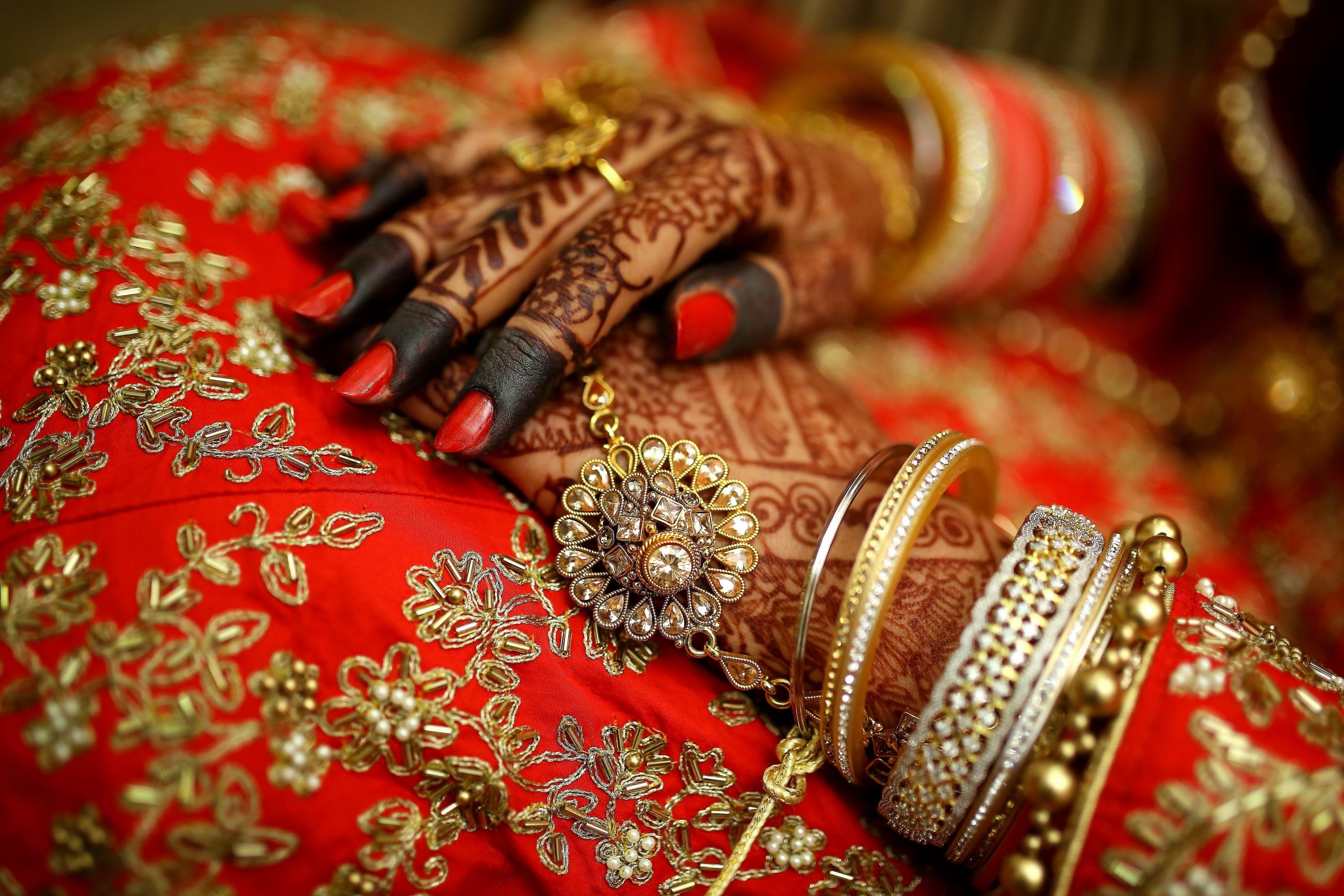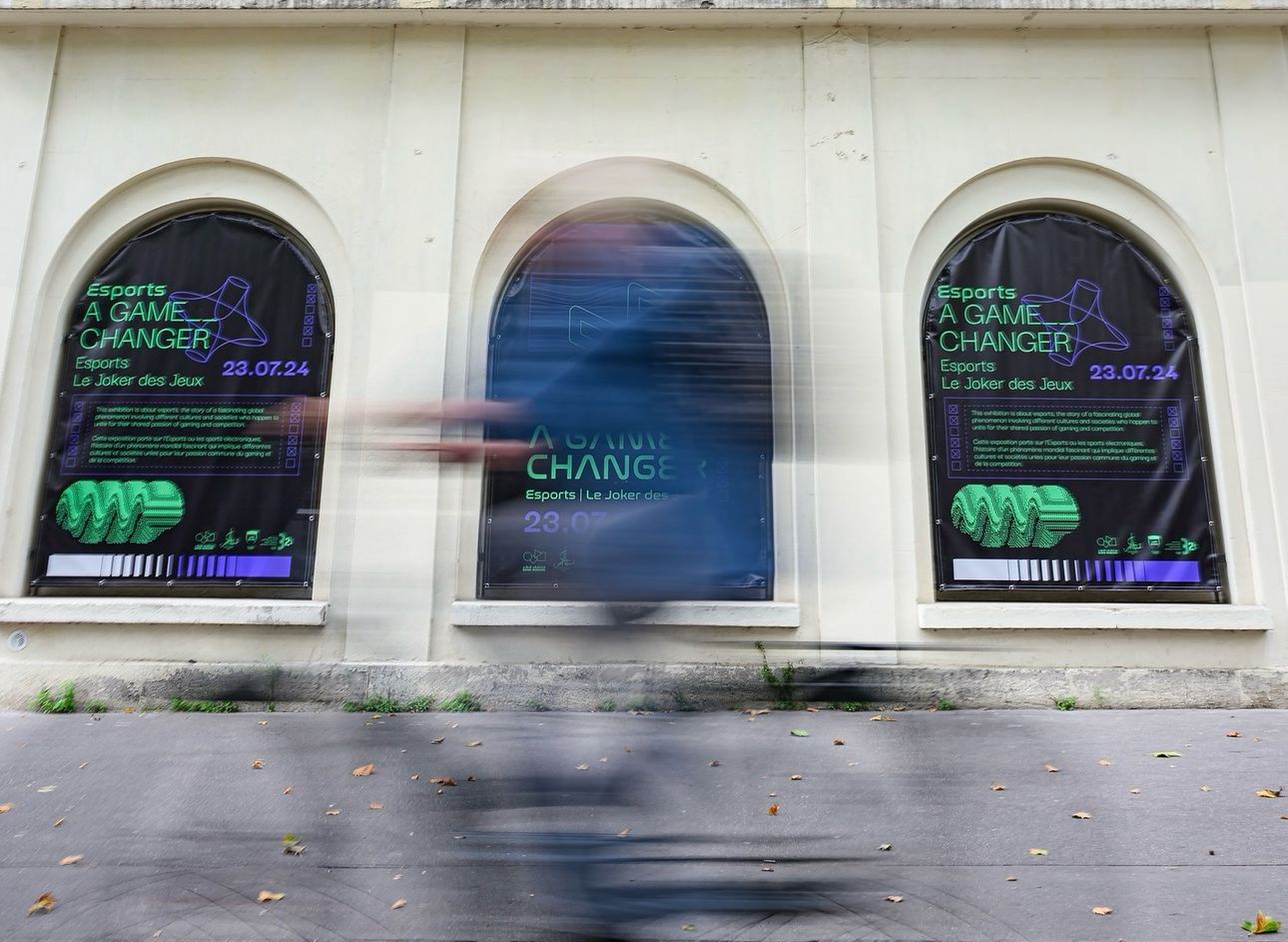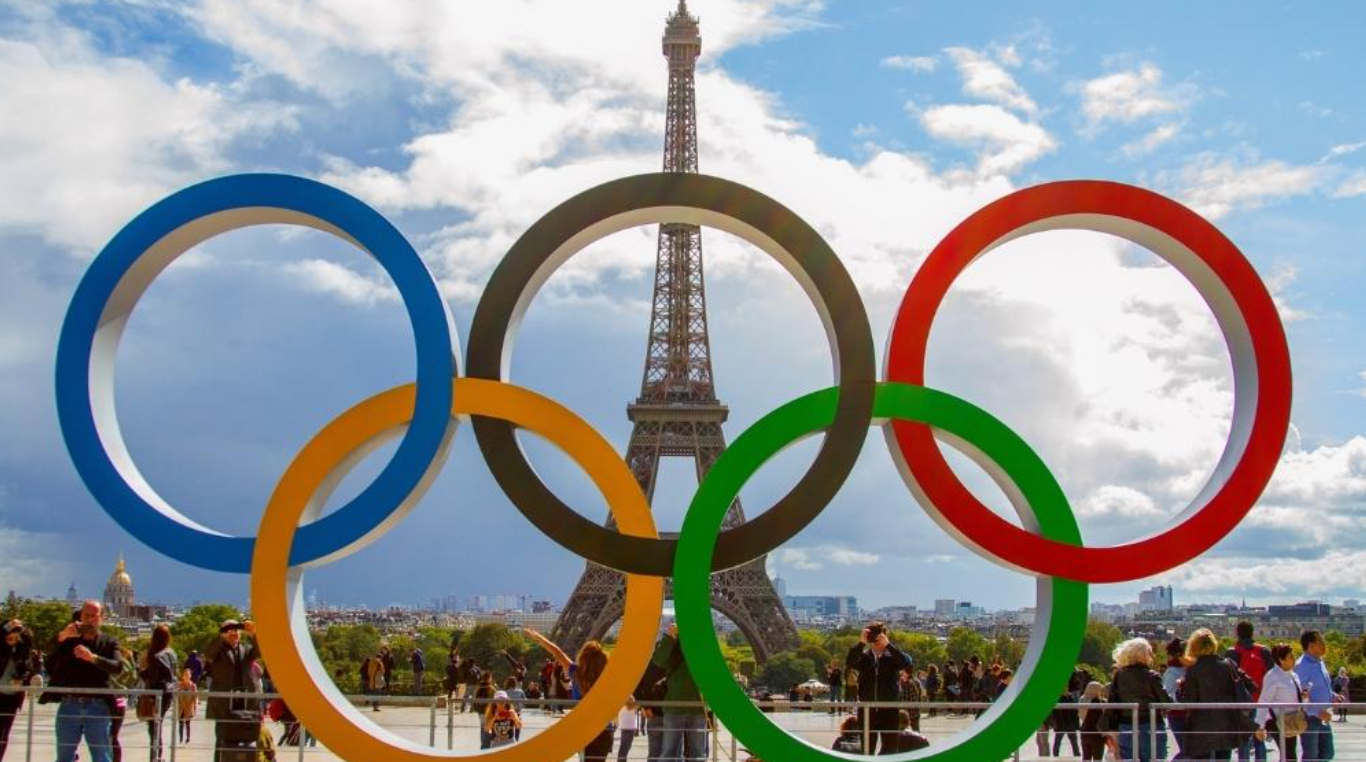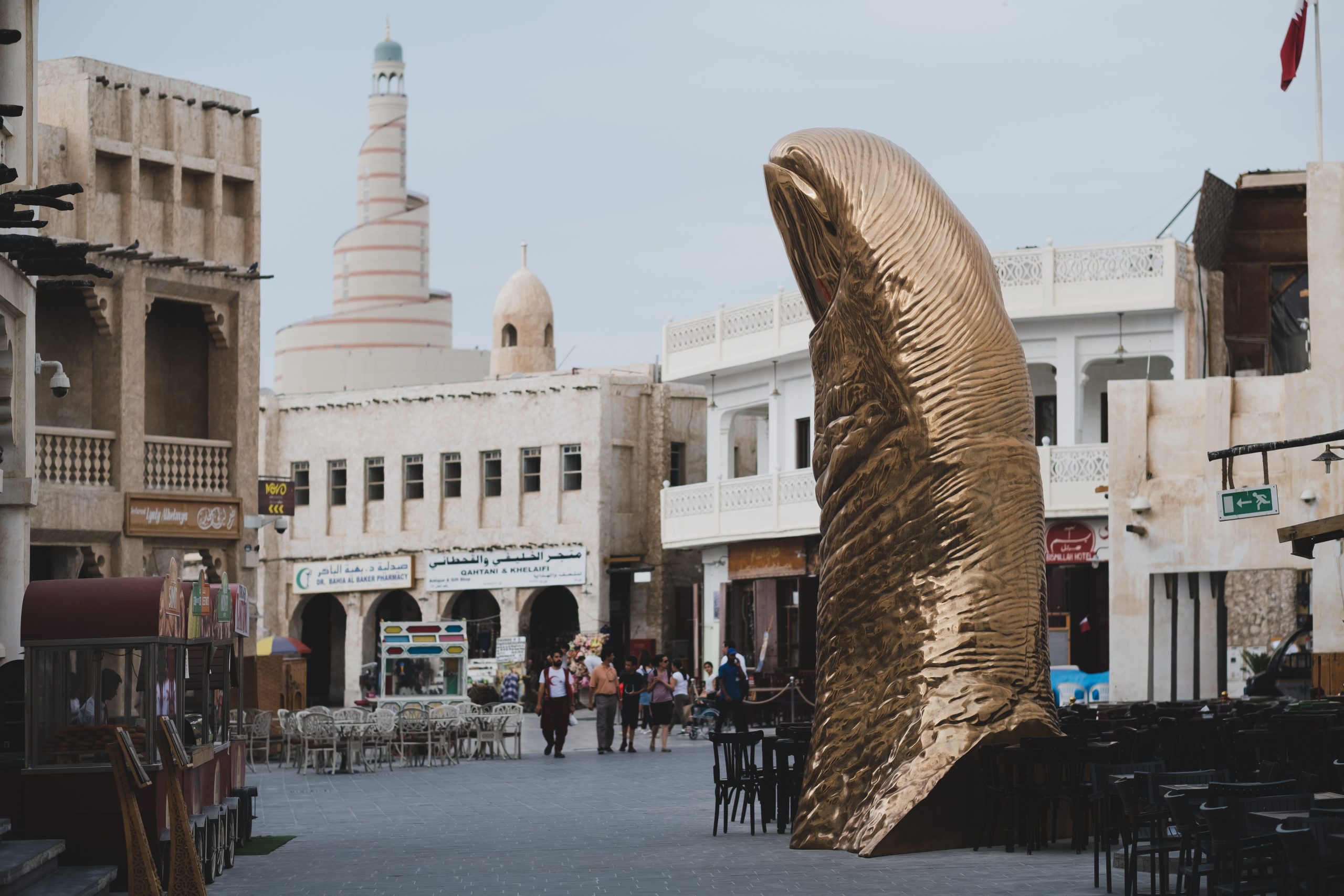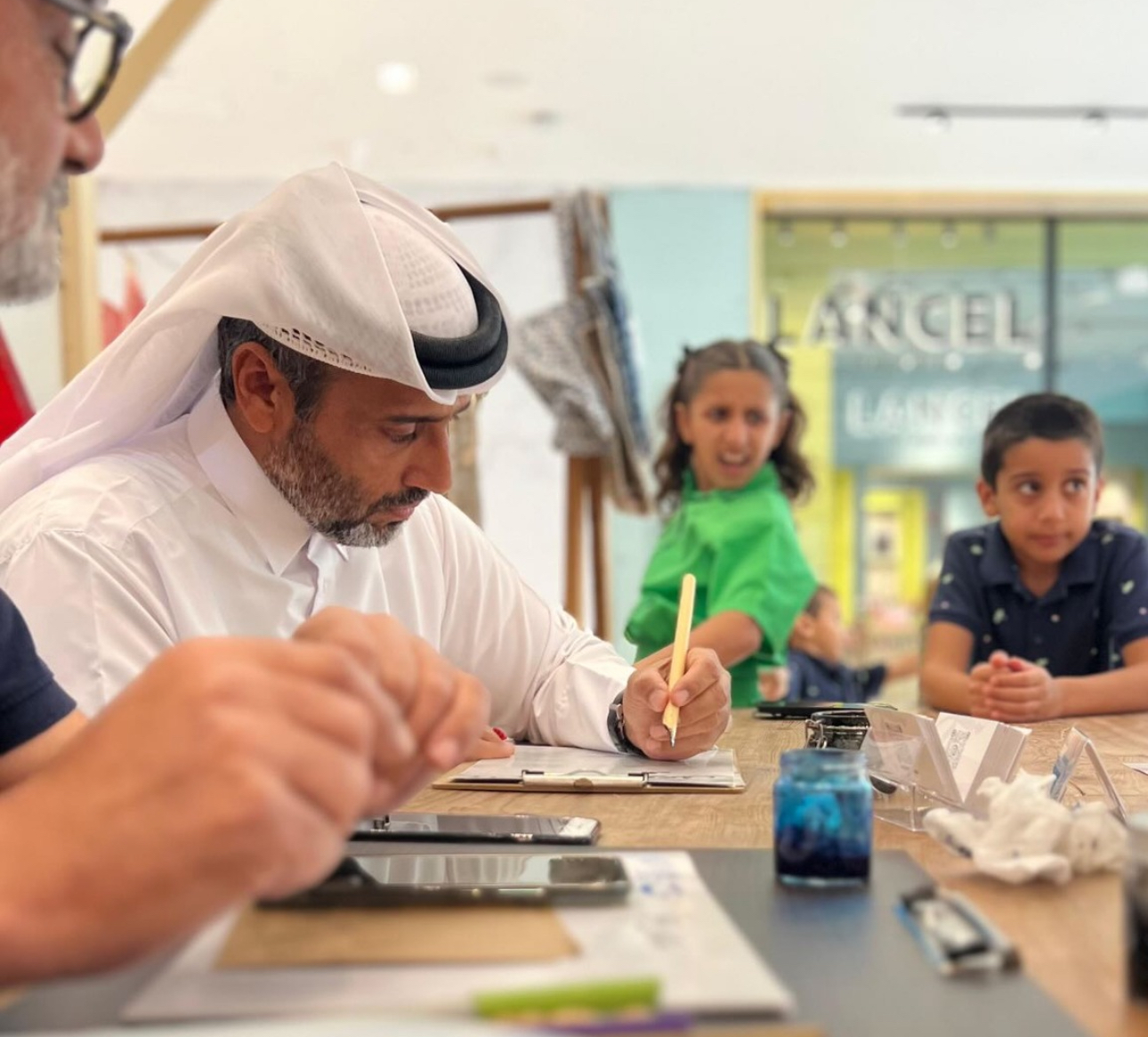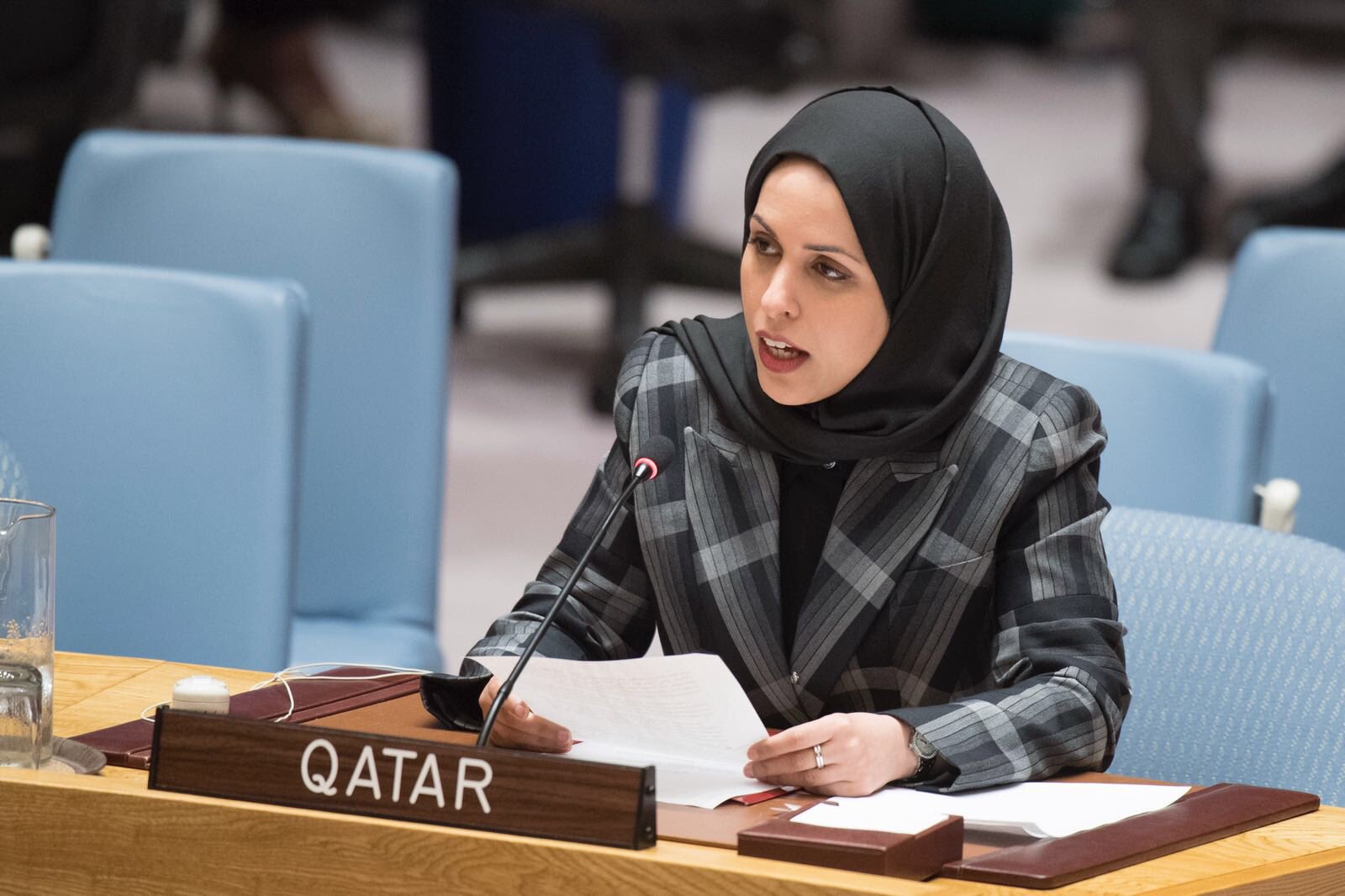The dye, which is cultivated from the Henna tree and other plants, made its mark on the region through its various uses.
For centuries, Henna has been cultivated throughout the Middle East, North Africa, South Asia and other regions across the globe as a form of art, medicine, and has even been traditionally used to ward off evil spirits and bad luck in some cultures.
Henna also holds a high place in Islamic traditions. In fact, some Muslim men may use henna as a dye for their hair and beards. This is considered sunnah, a commendable tradition of the Prophet of Islam, Muhammad.
The name ‘Henna’ refers to the dye derived from the Henna tree, the mignonette tree, and the Egyptian privet, as well as the art of temporary tattooing from those dyes. Henna has been used since antiquity and finds itself in a plethora of different cultures.
Often, the dye is used to create body art that is usually worn during occasions and celebrations. Henna art differs from country to country in colour, pattern and placement.
Palestine
In some regions in Palestine, Henna is worn during a Henna Night, which takes place one or two week before a wedding. Most Palestinian brides opt for floral patterns that match their dresses, as well as palm tree and leaf-like shapes.
Female friends and relatives of the bride join her in the celebration during this night, which includes food, drinks, dancing, and a woman in charge of drawing Henna on the bride and guests.
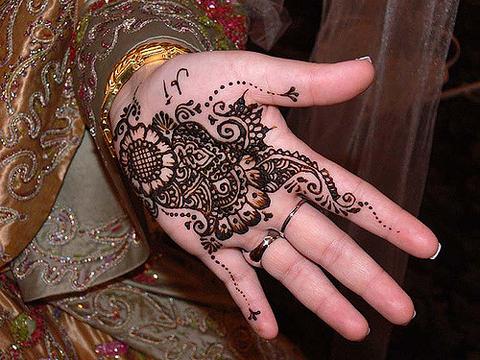
The bride’s Henna pattern is usually the most complex and often takes hours to complete, while those of the guests will be smaller and usually restricted to the back of hands or arms. However, Henna can also often be placed as just placed in a circle in the palm rather than elaborate patterns.
The tradition is practiced by all religious groups in Palestine.
Sudan
In Sudan, Henna dyes are regarded with a special sanctity and for that reason they are always present during joyful occasions such as Eid-ul-Fitr, Eid-ul-Adha as well as weddings.
Henna has been part of Sudan’s social and cultural heritage since the nation’s ancient civilisations, where both the bride and the groom would get their hands and feet pigmented with the natural dye.
Read also: Want to start practicing Yoga? Here’s why you should
Like Palestinians, Sudanese culture also includes a Henna night before a wedding. During this Henna party, the bride is decorated with Henna on both her hands and legs for luck and to ward off evil spirits.
The groom also has his own Henna night where his male friends and his female’s relatives join him. He has Henna painted on his hands and legs to indicate he is a groom.
In Sudanese tradition, it is said that once you are married, it is expected of you to always wear Henna on your hands, or else you will be criticised for not caring about your husband.
India and Pakistan
In India and Pakistan, Henna is referred to as Mehndi and is typically applied during Hindu weddings and festivals like Diwali and Teej. Muslims in the South Asia countries also apply Mehndi during weddings and festivals such as Eid-ul-Fitr and Eid-ul-Adha.
In India, Hindu women have motifs and tattoos on hands and feet on these occasions. North Indian wedding ceremonies include one evening solely dedicated for adorning the bride and groom in Mehndi. This night is referred to as ‘Mehndi ki raat.’
Indian tradition says that the longer your Henna stays on your hand, the longer it is believed your in-laws will treat you well. If the Henna fades out quickly, it is a sign of an unhappy marriage.
The Indian Mehndi style encompasses all kinds of artwork. It could included paisley patterns, florals, checkered patterns, dots, hidden names and items of traditional significance.
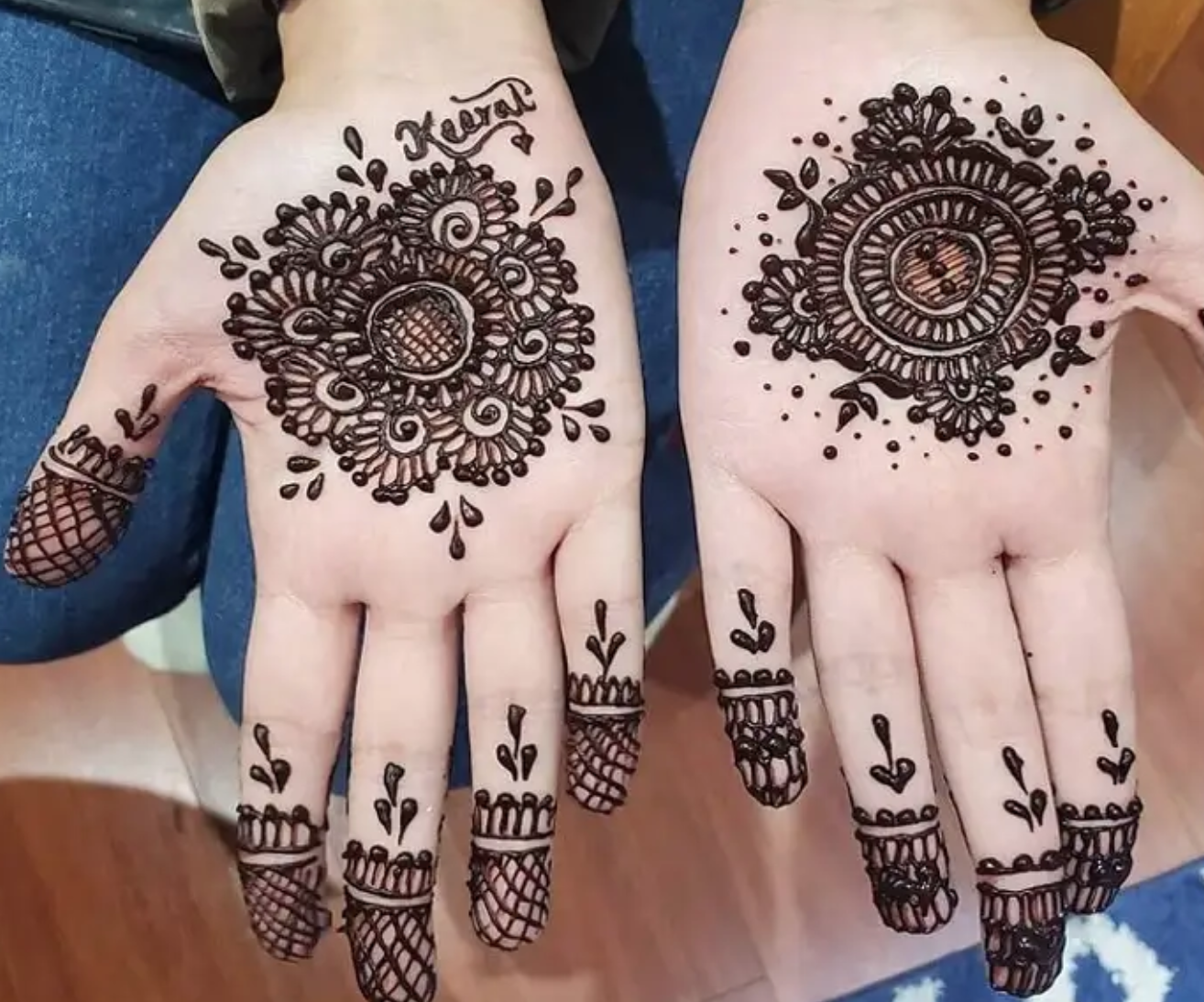
Similarly in Pakistan, the Mehndi ceremony is known as the ‘Rasm-e-Heena’ and is considered one of the most important pre-wedding ceremonies celebrated by families of both the bride and groom. Henna is applied to the palms and feet.
Pakistani Henna is known for it’s detailed and fine fill-ins, and includes mandalas, domes, and leaves. This style has bold outlines.
The Arabian Gulf
Henna in the Arabian Gulf is most known for its use of empty space that is intentionally left to enhance the design of the Henna. Usually, hands and feet are not fully adorned with the dye.
Gulf designs are considered minimal, yet bold. The space allows for patterns to stand out, and Gulf Henna is considered among the most popular Henna styles in the world.
Read also: Is this a grande problem? Qatar coffee most expensive in region
These designs mostly consist of leaves, veins and flowers, with shapes that are not filled, only outlined.
In Saudi Arabia, one of the female relatives of the bride paints the bride’s hands with Henna, but tradition says that this relative has to be happily married or else she will bring bad luck to the bride.
Tunisia and Morocco
In Tunisia, a traditional process begins eight days before the wedding ceremony, when a basket is delivered to the bride containing Henna.
The mother of the groom is tasked with supervising the process in order to ensure all is being done correctly.
Modernity now sees the groom accompanying the bride in the ritual at the Henna party. The majority of the Henna painting is done on the bride’s body.

Henna celebrations can last for seven days. On the third day, the bride wears a traditional dress and has Henna painted on her hands and feet. The groom has his pinky painted with Henna on the sixth day.
In Morocco, Henna is considered popular among both genders and is known for its unisex designs.
The Moroccan style of Henna comprises of geometric shapes and curves, traditional tribal patterns, diamonds shapes and prominent dots.

